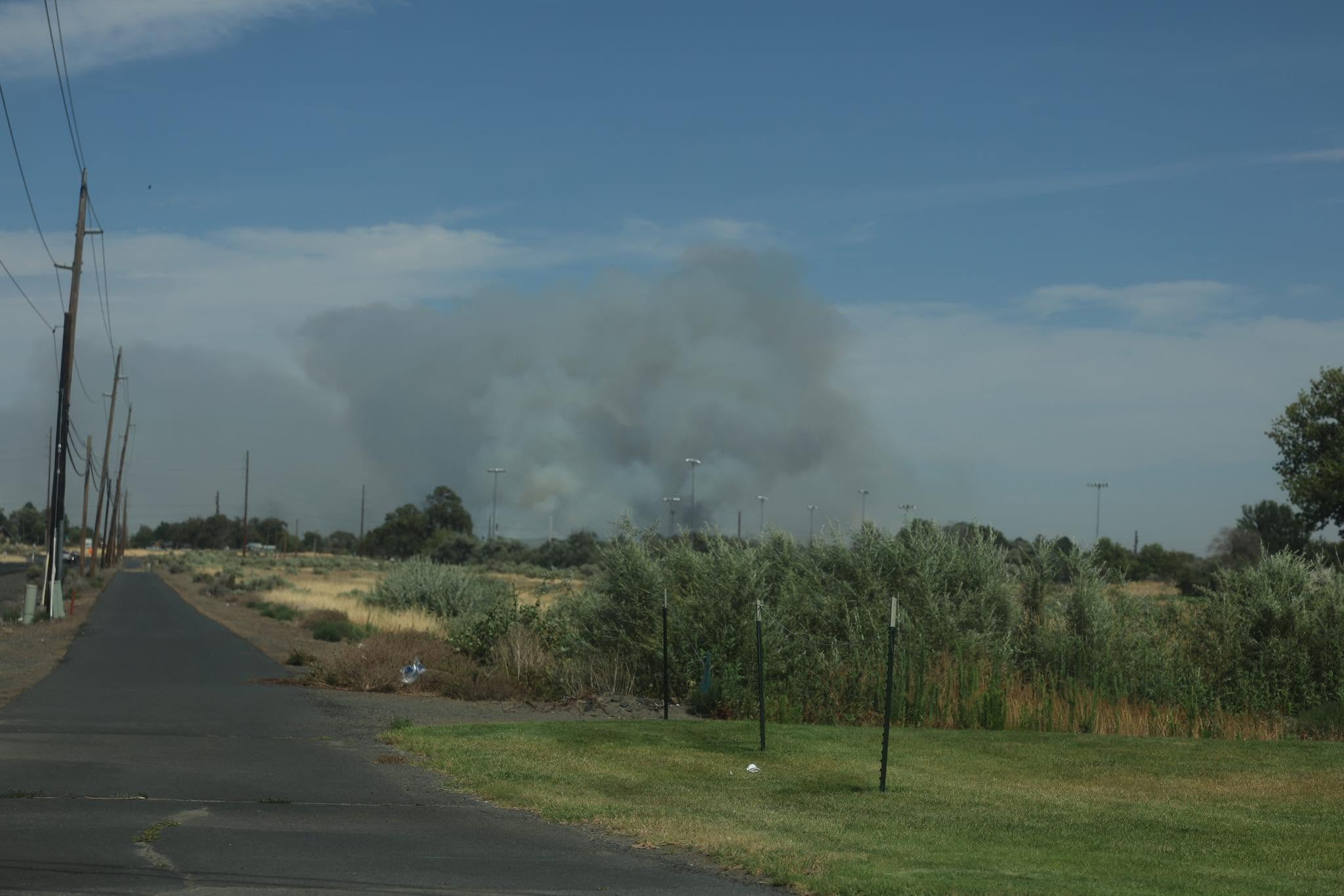Health care essentials: Water scarcity is a large global concern
Published 6:00 am Tuesday, July 13, 2021

- {photoSource}La Grande Observer{/photoSource}
We take it for granted, yet it is almost supernatural. We all begin our lives in it, need it daily, yet it’s becoming harder to find. Sixty percent of your body is water, 70% of our planet is covered with water, yet water is anything but ordinary.
Civilization has always relied on waterways for survival. Water can be gentle and calming, but it also carved the Grand Canyon, the Columbia River Gorge and our coastline. It humbly flows to the low spot and takes the shape of its container, simply flowing around obstacles. Water can be soothing or violent, still or crashing, and in whatever form, it is always powerful. Water is vital to all known forms of life. Perhaps that’s why you see T-shirts with the reminder “Water is Life,” because it truly is.
Water possesses many unusual qualities that make life on earth possible. It is the only substance to commonly exist as a solid, liquid and gas. Our air is 80% nitrogen, yet we never come upon its liquid or solid forms. Uniquely, liquid water expands when both frozen or boiled. Everything else shrinks when frozen.
This quirk means that ice floats, and that freezing water exerts enormous expansive forces, fracturing rocks in the ground or pipes in your wall. Water is called the “universal solvent” because its chemical properties allow it to dissolve so many different substances. Water can absorb, store and conduct an exceptional amount of heat. This moderates extreme temperatures, which is why coastal weather tends to be so mild.
Water is transparent, allowing sunlight deep into the ocean where plants use it to make the oxygen necessary for life. Plants use water’s incompressibility to hold up stems and leaves. Ever perk up a wilted plant by watering it?
Usable water is becoming more scarce. Freshwater accounts for 2.5% of Earth’s total water supply. Of that, about two-thirds is frozen in glaciers and polar ice caps, and one-third is ground water. One half of 1% is available for use, of which 90% is used to grow our food. Water used to produce food varies widely.
Beef production uses the most water by far, followed by nuts, animals, fruits, and lastly vegetables. A billion people live in water-scarce regions. Another billion can’t afford the infrastructure to get adequate water. Contaminated water kills more people every year than wars and violence combined. Increasing population, building, pollution and deforestation have made clean water a precious commodity. Plastic particles pollute nearly everything.
How darkly ironic that most plastics are intended for single use, yet last forever. Water scarcity is one of our largest global concerns, according to the World Economic Forum. Water is increasingly considered a strategic commodity, worth going to war over.
Water in our bodies transports nutrients and oxygen, carries away toxins, lubricates joints and regulates temperature. These functions impact aging, digestion, heart disease and even depression. If you ever get a headache or feel tired, your best response is drinking a glass of water. It’s like oil in a car — everything runs more smoothly when you have enough.
Our region is suffering from “severe” or “exceptional” drought.
“The current drought is on track to become the worse that we’ve seen in at least 1,200 years,” said Kathleen Johnson, a paleoclimatologist at UC Irvine.
California farmers have shut down a million acres due to lack of water. Lake Mead behind the Hoover Dam in Nevada is the lowest ever since being initially filled in the 1930s. It supplies water to 25 million people in the Southwest, the fastest-growing region in the United States.
Water’s ability to support life, refresh, purify and heal have made it a cornerstone of spirituality for millennia. The Tao suggests, “The highest good is like that of water flowing down without intent, nourishing all things.”
Let’s appreciate and take good care of this irreplaceable resource.









